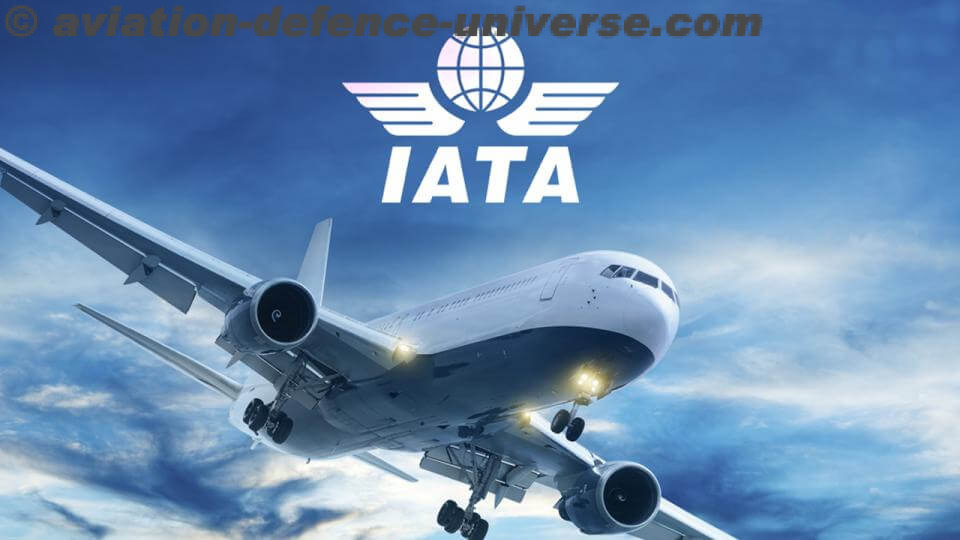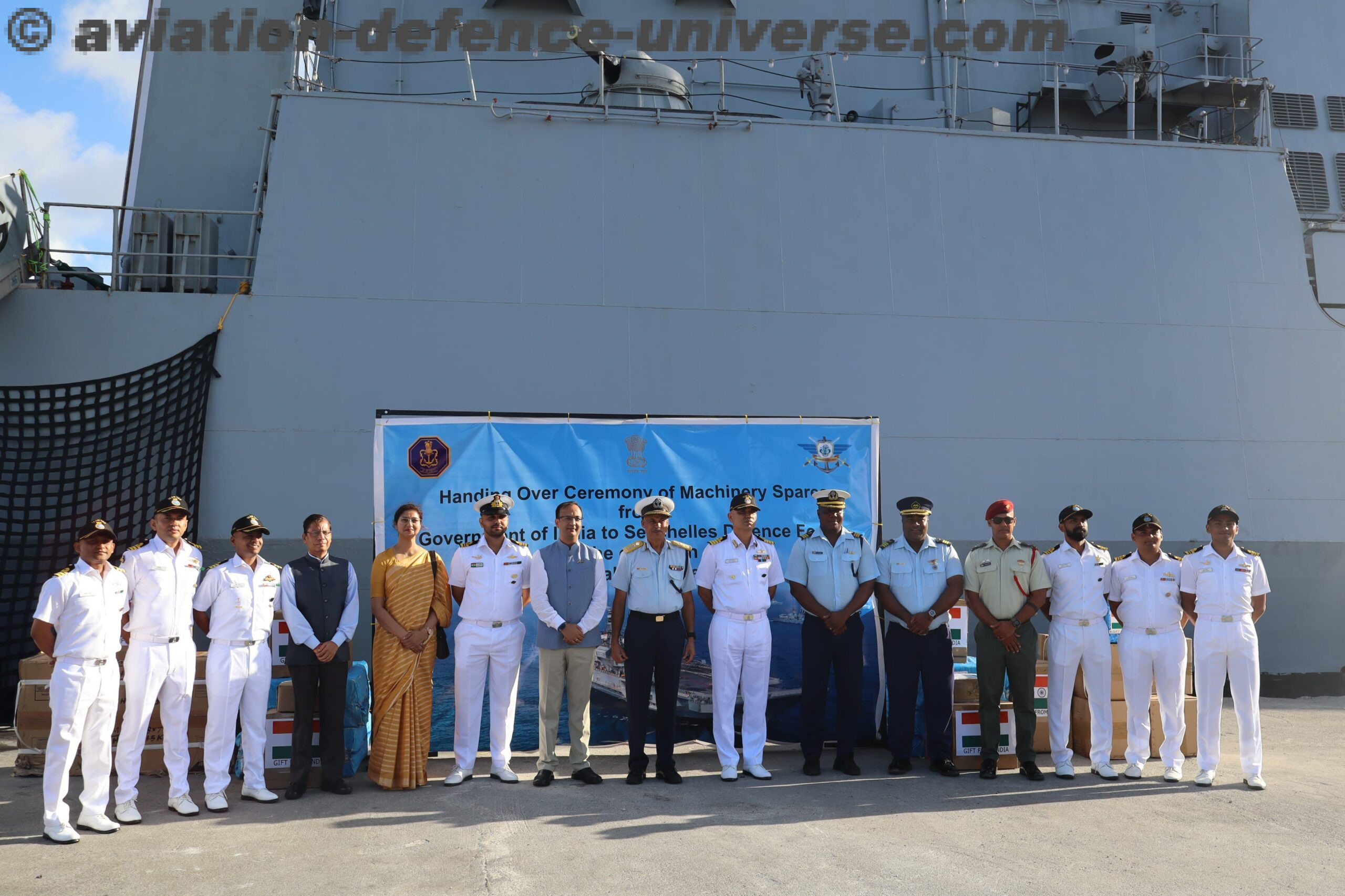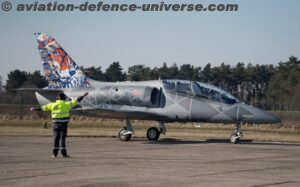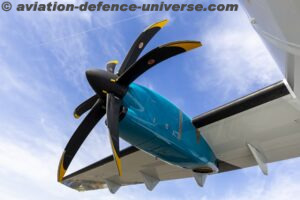Sandpoint, ID. 30 August 2021. The U.S. Bankruptcy Court for the Eastern District of Washington has granted a Final Decree in the Tamarack Chapter 11 voluntary reorganization, closing the bankruptcy case as the Active Winglet company continues to grow operations and fill orders for its sustainable performance and safety enhancing technology. This Final Decree ends a bankruptcy proceeding that began June of 2019, after Tamarack voluntarily sought Chapter 11 protection when its worldwide fleet of 91 privately owned Cessna Citation Jets was grounded in the US for two months following a no-injury 2019 incident involving an Active Winglet modified jet.
“We are relieved that these bankruptcy proceedings are in our rearview mirror,” says Tamarack President, Jacob Klinginsmith. “The final results, allowing us to support our fleet and to reorganize and repay creditors, validates our decision to voluntarily seek Chapter 11 protection. It’s very gratifying to see our investors, older customers and new customers have the faith in our technology and business model to support us during this bankruptcy test and now Tamarack is set to grow.”
In June 2019, the Federal Aviation Administration (FAA) issued an Airworthiness Directive (AD) that grounded Cessna Citation models 525, 525A and 525B equipped with an Active Winglet system. The unusually brief grounding was was lifted by both the FAA and the European Union Aviation Safety Agency (EASA) after a review of all facts relating to the no-injury incident. In addition, incorporating all service bulletins, which Tamarack had previously made available to the fleet at no charge, was implemented as a fleet remedial action.
Shortly after entering Chapter 11, Tamarack received $1.95 million in funding from a group of existing customers and vendors, allowing Tamarack to complete the reorganization with creditors intact. The Chapter 11 protection preserved Tamarack’s ability to service the existing fleet while addressing creditors. The Eastern District of Washington confirmed the Plan of Reorganization in March 2020, just before the global pandemic impacted all markets and industries. Only 10% of businesses that enter Chapter 11 reach the point of plan confirmation, which is a testament to the health and viability of Tamarack and its product.
Throughout the grounding, reorganization, and COVID pandemic, Tamarack has continued to grow, gain government and media attention, and continue sales of its fuel saving technology. The global fleet of Tamarack Active Winglet customers has grown to over 140 aircraft, just as the company has gained US congressional and international recognition from ICAO Global Coalition for Sustainable Aviation, forming an important collaboration with the industry.
Shortly after the grounding was announced, Tamarack was forced to reduce its workforce, but has since expanded facilities and doubled in personnel in an effort to keep up with the continued demand for Active Winglets and the engineering consulting services provided to other aerospace engineering firms developing new technologies.
In 2020, Tamarack announced that it had opened remote installation centers (dubbed “Transformation Centers”) in addition to its primary installation headquarters in Idaho. The new Transformation Centers located in Aiken, South Carolina and Oxford, England have successfully completed multiple transformations since, offering ten-day Active Winglet installations. There are also 20 authorized service centers operating internationally.
This performance throughout the reorganization has not gone unnoticed. Tamarack is in discussions with several outside entities about bringing the technology to new platforms on other business jets as well as military applications and commercial aircraft applications. Tamarack’s technology offers the single largest fuel and emission reduction upgrade available right now to reduce aviation’s carbon footprint and reach the industry’s sustainability goals.
Tamarack’s current fleet of 140+ aircraft are demonstrating fuel savings of up to 33%, with substantial commercial and military fuel savings projected.































































































































